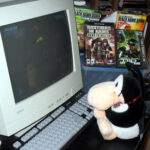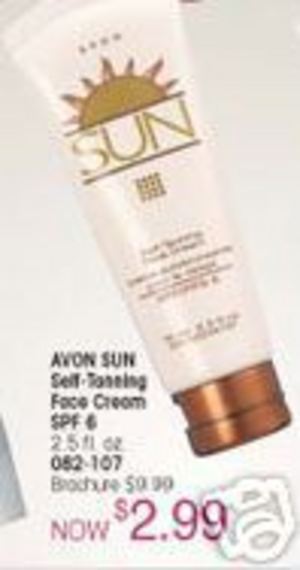Whether you are looking for an excuse to have a party, an excuse to show off your wine expertise to all your friends, or just an excuse to drink, a “blind” wine tasting party might be just what you are looking for.
Of course, you could have your everyday, run-of-the-mill wine tasting party, and have everyone swirl, sip and make comments on body and bouquet while reading the label, but why not make it a game instead? See who really knows their grapes and regions, instead of just who knows their tasting terminology.
Here are some tips on how to host your “blind tasting” party. You can tweak the rules a bit, and easily make it a beer tasting party for those of you who prefer hops to grapes.
1. Have everyone bring a bottle.
It would be easier for one person to visit the wine shop and get everything, sure, but then that person would not get to join in the fun. It’s best to set a price level, say $20 a bottle (or more depending on how many rich friends you have). Then make up some rules for the bottle, for example, no brands that a major super market chain would carry.
Not that you can’t find decent wine at your chain, but the chances are if everyone goes to the same grocery store, you may end up with two of the same wine. And since this is a blind tasting, it should be wines that are special and can challenge people. That’s what makes blind tastings fun. Encourage your friends to seek out wines that are unique, and then everyone can hopefully learn something…even that one guy that knows everything and isn’t shy about saying so.
2. Get the brown paper bags ready.
Since everyone will at least know the one wine that they brought, don’t let anyone put their bottle in a bag that is different than any other. Also, the brown paper bag can cover up the shape of the bottle, for example, rieslings and gewurtztraminers usually come in long slender bottles that easily give away what they contain (of course, other wines may or may not use the same shape of bottle, but I’m trying to keep this general).
3. Figure out a tasting order.
There are some concerns that must be addressed at this point. You do not want to try a dry cabernet and then a sweet white wine. You can, but usually you should try to have an order in a tasting, usually start with off-dry whites like rieslings, to drier whites like chardonnays and then move onto the reds. It may be a good idea to have some stickers for sub-categories such as LW for light whites, DW for dry whites, R for reds (add a Rs for any pink wines that may show up).
If dessert wines are present, you may want to put those aside for last. You can use masking tape pieces instead of stickers obviously, just try to have them made up before hand and uniform, so no one can cheat and write the letters in distinct handwriting so as to know what their bottle is. Maybe your friends don’t cheat; maybe it’s just mine. Have everyone put the appropriate sticker on the bag at the same spot. If the person isn’t sure, tell them to make their best guess, or have a miscellaneous category.
3. Have some sheets ready for the guesses.
You can do this anyway you think would work. I have simply listed numbers on a page, with a couple of lines for each number. This way, the taster can write down the wine they think it is, and then some tasting notes as to why they guessed the way they did.
Here’s the tricky point. Do you divulge the wine right after tasting, or at the end? I like to wait until a group of similar wines are done, such as when the whites are done. That way you can compare wines against each other for clues. But this is entirely up to your group of tasters. Maybe take a vote.
4. Taste the wine.
Remember to take your time. A wine can change over ten minutes or twenty minutes. Let everyone discuss and maybe debate the wine being tasted. Trust me, the more wine they drink, the more fun the discussions will become. Also, encourage people to eat crackers and cheese or other little snacks and to drink water. One, it clears palattes after each wine, and two, it will prevent your guests from getting drunk (or at least try to prevent).
Other tips
Depending on how much work you want to put into your party, you can supply the food, or have it be a potluck of appropriate wine tasting fare. This usually includes cheese and crackers or bread, maybe some cured meats, grilled vegetables, but nothing too strong as to take away from the wine. If you are doing dessert wines, someone should probably bring something sweet and probably chocolate. You should probably let guests know what category of food to bring, so everyone doesn’t show up with sharp cheddar. Although, you could always tell everyone to bring a cheese, and have a similar blind tasting in cheese.
Depending on your wine glass supply, ask your guests to bring glasses or rent some glasses from a party rental business. You can always find cheap glasses at thrift stores as well. You really don’t need to have a clean glass for each wine, but definitely have some water pitchers out with some “dump” buckets for the “cleaning” water.
Depending on your group, you can have prizes for the most wines correctly identified. Maybe a bottle of wine. Or maybe just bragging rights. Either way, a blind wine tasting can be both fun and educational, so start your planning.




